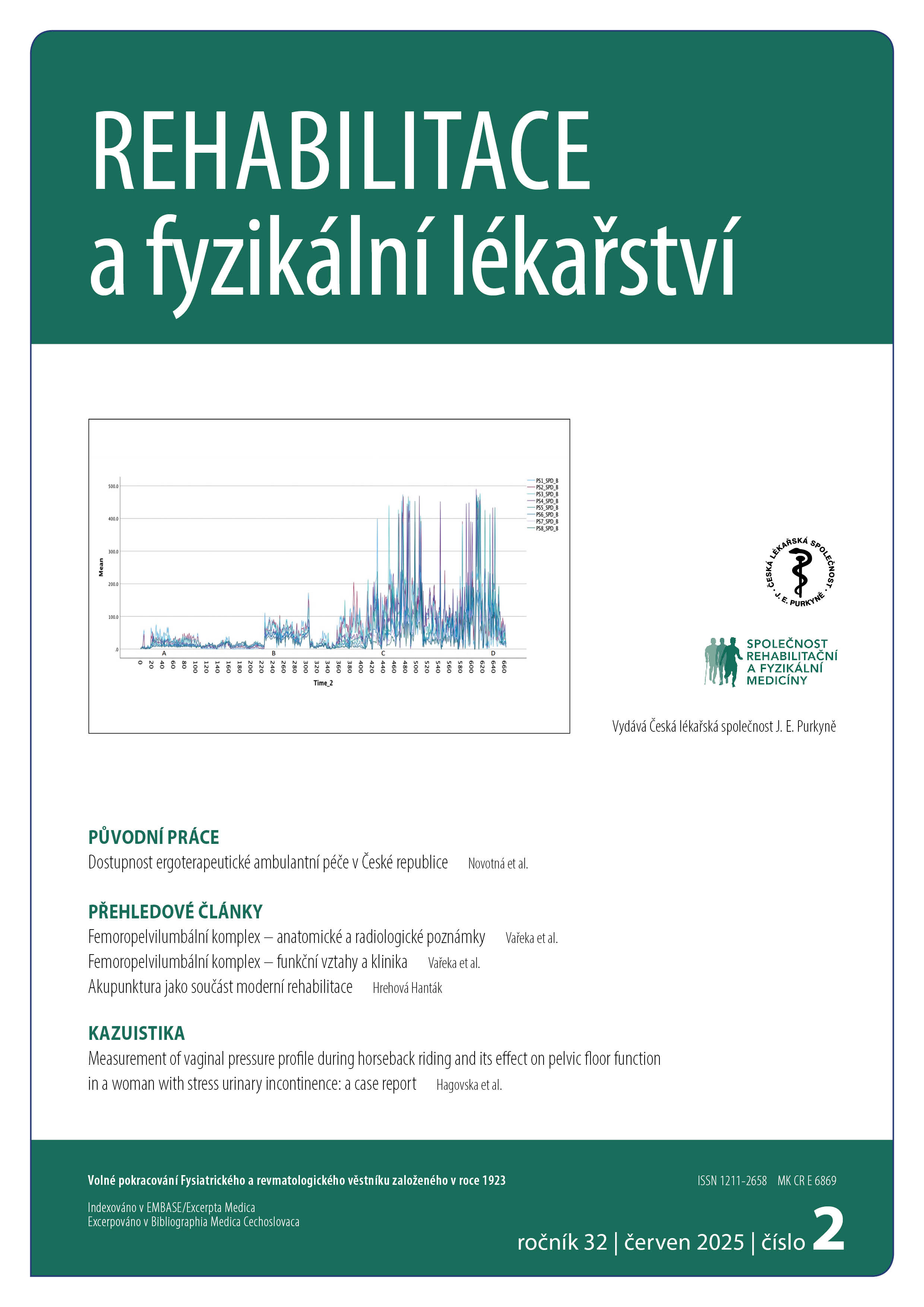Femoropelvilumbar complex – anatomical and radiological notes
Keywords:
hip – pelvis – spine – anatomyAbstract
The connection of the pelvis with the adjacent areas of the locomotor system, i.e. with the femurs and lumbar spine, is a key area for the position of the lower limbs and the alignment of the trunk in standing and walking. Significant factors in the alignment of the hip-pelvic-lumbar complex (FPLC) include the collodiaphyseal angle, offset and anteversion of the neck, anteinclination of the acetabulum, the degree of coverage of the head by the acetabulum, the type of sacroiliac joint, as well as the degree of anteversion of the pelvis and the curvature of the lumbar lordosis, together with varying degrees of wedging of the caudal lumbar vertebrae and the degree of openness of the prezygapophyseal angles. Sexual dimorphism is clearly manifested in this area because of the need to ensure the passage of a relatively large head during childbirth. Knowledge of anatomical relationships and radiological parameters is important for understanding the functional relationships within the FPLC as well as functional connections to other parts of the locomotor system and their clinical consequences.

